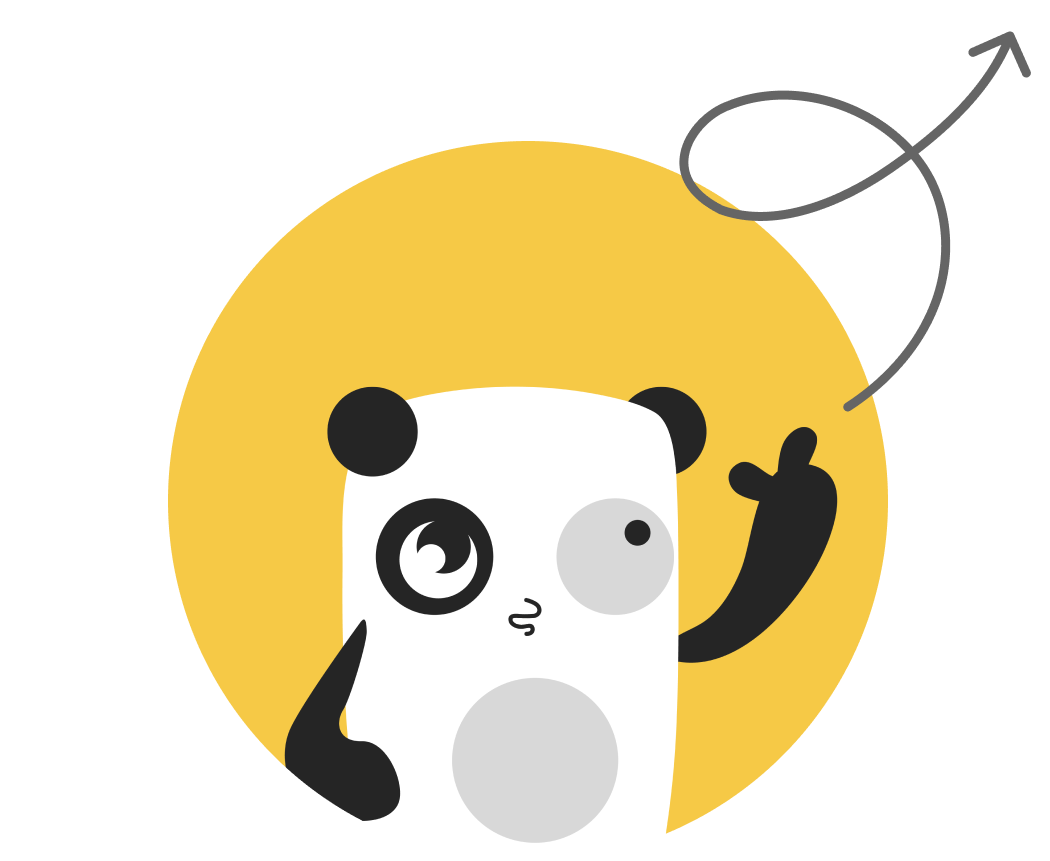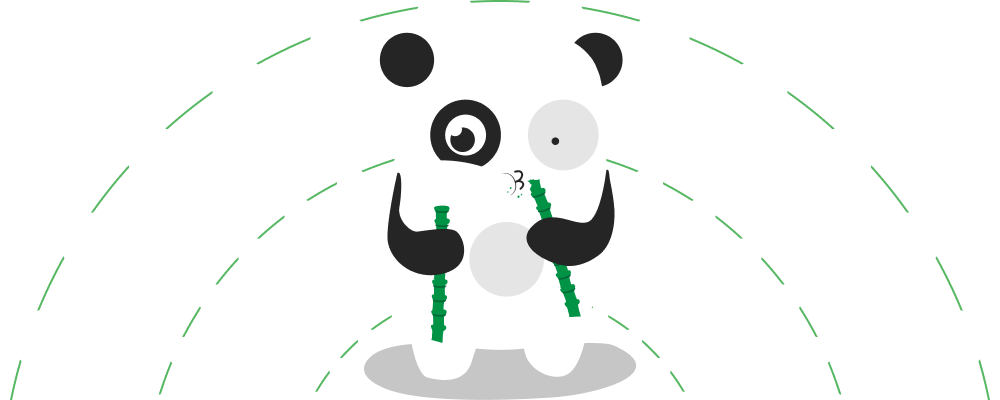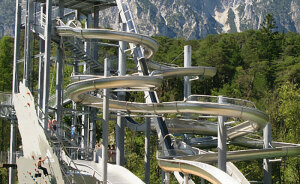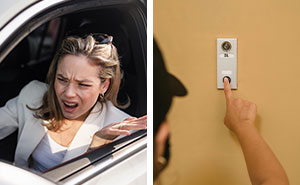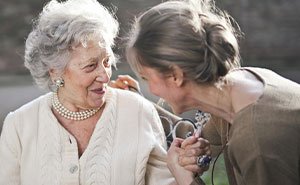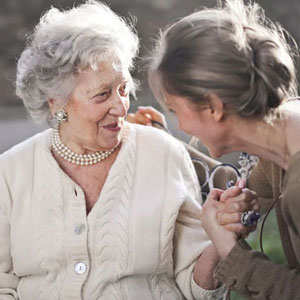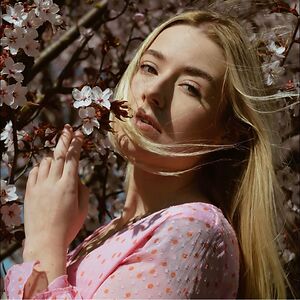The most important Christian holiday is right around the corner. And if you are reading this on the day it’s posted (Good Friday), it’s literally two days away! Most are familiar with why the day is important in Christianity and why believers celebrate it each year. However, relatively few know the origins of the many activities that occur on Easter Sunday and many other relevant Easter facts that make up the history of Easter celebrations.
You would be absolutely right to say that it’s customary to dye and roll eggs on Easter. However, why eggs, and why do we dye them? Why woven baskets? Why is there always ham on the Easter table? These and many more questions can be answered with the help of fun facts about Easter. The truth is that many enjoy the ‘fun’ part of the holiday: a table full of delectable food, confectionary sales, board games, etc., without actually acknowledging why we celebrate the way we do. And sure, random Easter facts aren’t something you must be familiar with to enjoy the festivities; however, it’s missing, perhaps not the whole, but a big part of the picture. Also, learning a little extra, a fact about Easter or two, goes a long way: not only do you improve your cultural and historical knowledge, but interesting Easter facts might also be ideal conversation starters if you’re looking for a way to keep your guests entertained while sitting at the Easter table. Also, what about some spring trivia? These fun Easter facts are perfect for including in the quiz! And, at the end of the day, learning new stuff is just super fun and egg-citing, no matter its purpose!
Below, we’ve compiled a bunch of facts about Easter — funny, random, serious — there’s a little bit of everything! As always, we’ve added links under each post so you can check the veracity of these Easter facts yourself! Did any Easter fact surprise you? Let us know by giving it an upvote. Also, any interesting facts related to Easter that we forgot to include in the list? Share them with fellow peeps in the comments!
This post may include affiliate links.
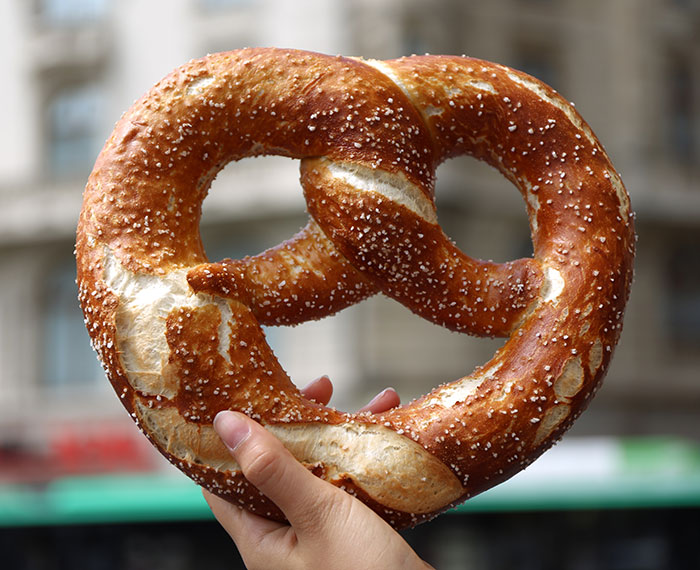 Pretzels used to be connected to Easter.
Pretzels used to be connected to Easter.
Apparently, this salty treat's twists mimic crossed hands in prayer. Frankly, they kinda do! And honestly, it's time to bring back this savory snack to the holiday overflowing with sweets for balance.
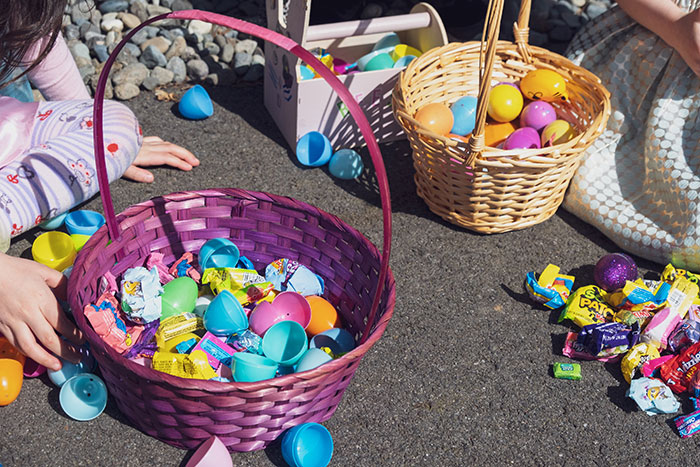 The Easter basket bears a unique symbolic meaning.
The Easter basket bears a unique symbolic meaning.
The woven containers stuffed with eggs symbolize bird nests and new life. They're also practical for gathering the treats from your Easter egg hunt!
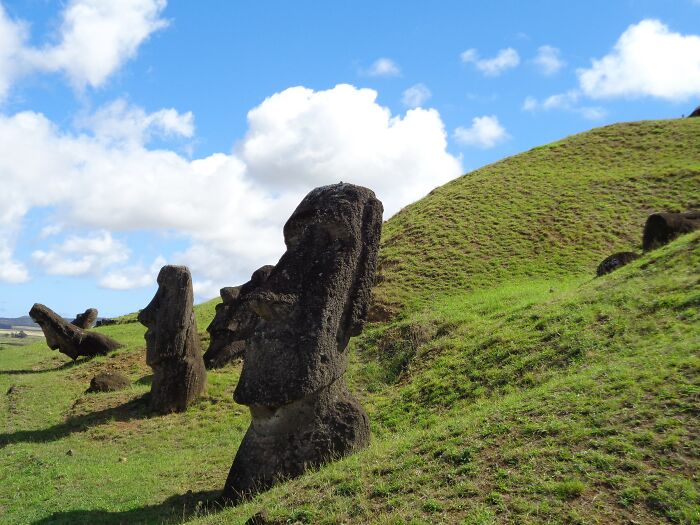 Easter Island was discovered on Easter Sunday, hence the name.
Easter Island was discovered on Easter Sunday, hence the name.
Dutch admiral Jacob Roggeveen set foot on this remote Polynesian island on Easter Sunday in 1722 and gave it the honorary name Paasch-Eyland, Dutch for “Easter Island.” Rapa Nui is the island’s indigenous name.
The egg-painting tradition is referred to as "Pysanka."
It has its roots in Ukraine and employs wax and dyes to paint the eggs.
About £9 million was paid for the 2007 Faberge Easter Egg.
The gold-and-pink enamel egg was a wedding present from the Russian Royal Family to Baron Edouard de Rothschild. The egg would hatch every hour, revealing a diamond cockerel that would flap its wings, bob its head, and croak.
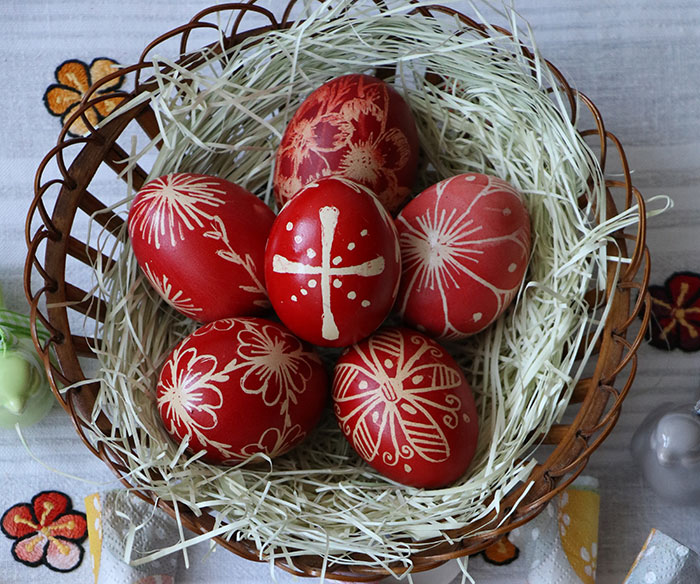 Easter egg games date back to medieval times.
Easter egg games date back to medieval times.
Do you consider the Easter egg hunt to be a strange tradition? Hear this one out: this was considered Easter fun in the medieval ages. The priest would give a hard-boiled egg to one of the choir boys, and the boys would pass it around until midnight. At that point, whoever was holding the egg got to eat it.
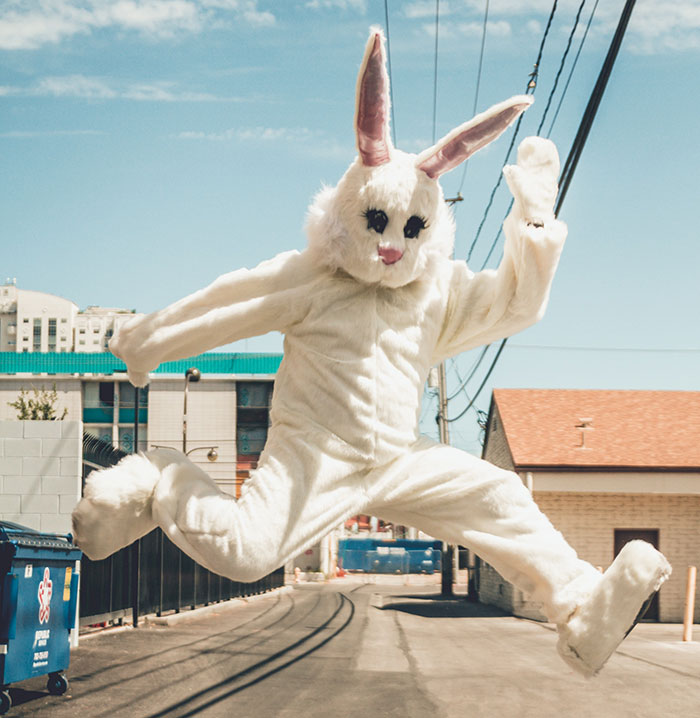 Germans are to thank for the Easter bunny.
Germans are to thank for the Easter bunny.
The practice of the Easter bunny bringing gifts like sweets and eggs began in Germany in the Middle Ages. The oldest record of this custom dates to the 16th century. Dutch immigrants in Pennsylvania introduced the bunny to America in the 1700s.
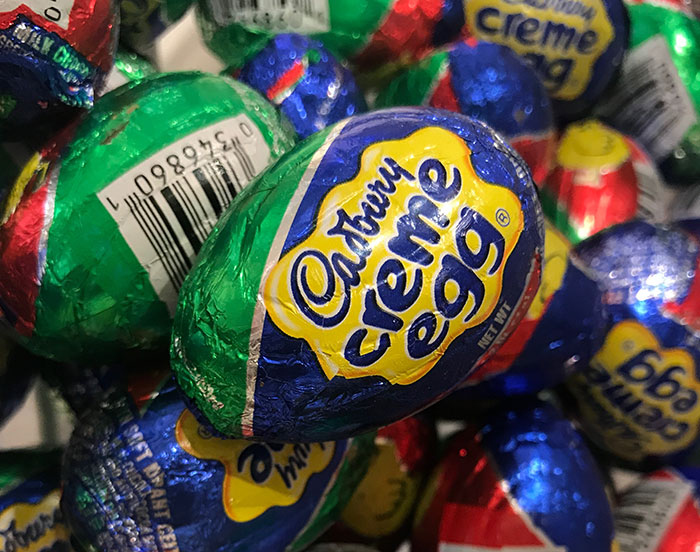 More than 1.5 million Cadbury Creme Eggs are made daily.
More than 1.5 million Cadbury Creme Eggs are made daily.
The fact that 500 million cream-filled eggs are produced annually at the Bournville facility in Birmingham, England, is even more astonishing. If those eggs were stacked on top of one another, they could form a structure taller than Mount Everest!
People light Easter fires in some European countries.
Before the spread of Christianity in the area, Germanic tribes presumably used the pagan rite of building an Easter bonfire. It was intended to usher in spring and relieve the winter's gloom. The fact that the ashes were dispersed throughout the meadows and subsequently nourished the soil also made it a symbol of fertility.
The Anglo-Saxon goddess Eostre inspired the name of the holiday.
According to scholars, the festival honoring Eostre and the arrival of spring is whence Easter got its name. The hare and the egg are supposed to have been her sacred symbols, which is why they are also heavily featured in Easter symbolism.
Even the way in which you determine when Easter will be in a given year is pagan. Easter always falls on the Sunday after the first Saturday immediately following the first full moon after the Vernal Equinox. It works for every year: Vernal Equinox, forward to full moon, forward to Saturday, thence to Sunday. That'll be Easter.
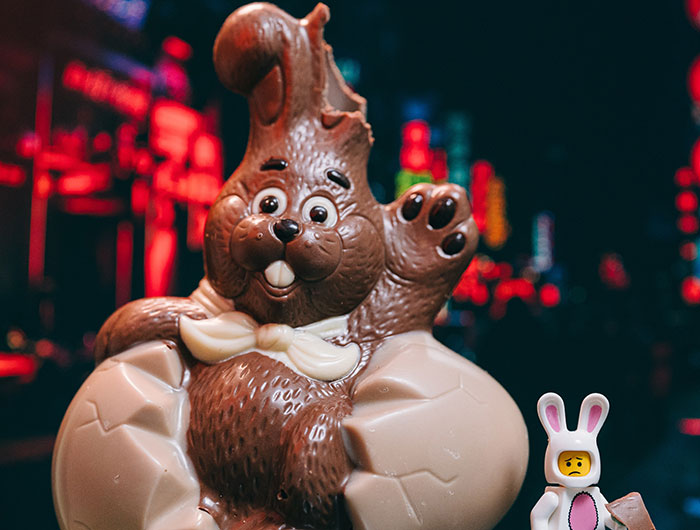 59% of people eat the ears first.
59% of people eat the ears first.
A small percentage start with the feet or tail, and the majority appear to lack any strategy.
According to Polish folklore, the Virgin Mary offered eggs to the soldiers at the cross.
While crying, she begged them to be less cruel. Her tears splashed on the eggs, dotting them with brightly colored spots.
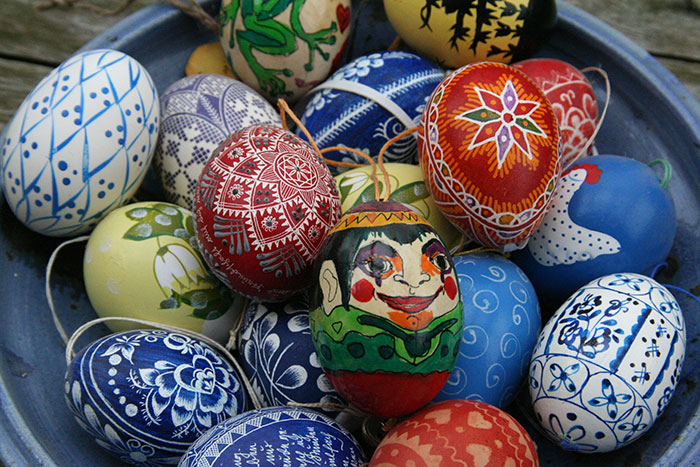 According to historical records, decorated Easter eggs were first used in the 13th century.
According to historical records, decorated Easter eggs were first used in the 13th century.
Jesus rising from the tomb is compared to something new emerging from an egg's shell. It eventually became a recognized symbol of the Resurrection.
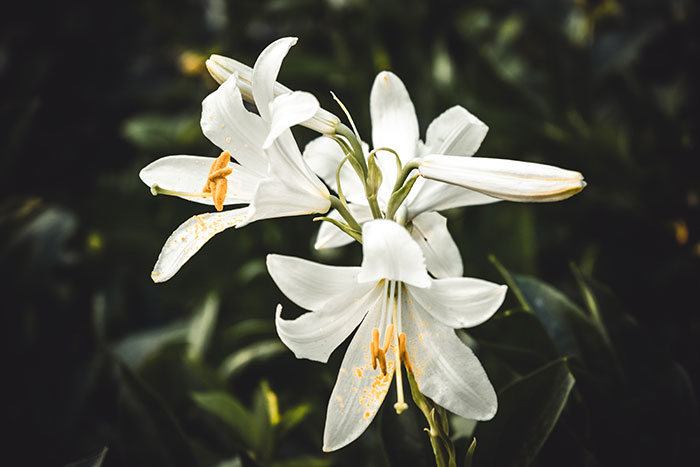 Easter lilies are a more modern practice.
Easter lilies are a more modern practice.
The late 18th century saw the introduction of these lovely blossoms to England from their original home in Japan. However, only after World War I did this practice also start being applied in the US. The transformation of dormant bulbs into exquisite blooms is reminiscent of hope and rebirth, two significant Easter celebration motifs.
Just make sure to keep them away from your cats! Easter Lily pollen is DEADLY. If you insist on having Easter Lilies, take a tissue and pull the stamen (the bits covered with pollen) off. This also makes them 100% less stinky. Even drinking the water a cut lily is in can kill your cat. Please be cautious!
 Clothes worn on Easter were once regarded as bringing good luck.
Clothes worn on Easter were once regarded as bringing good luck.
An old superstition claimed that wearing new clothing on Easter will bring you luck for the remainder of the year. In fact, it was so generally accepted that wealthy New Yorkers would literally parade after attending Easter service at upscale midtown churches. This tradition inspired the Easter Parade and Bonnet Festival, now held in New York City every Easter.
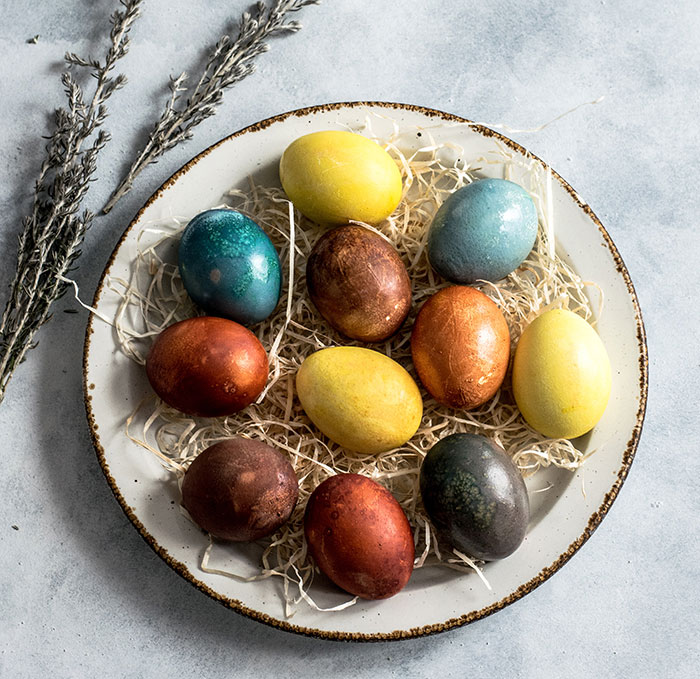 There were Easter eggs long before Easter.
There were Easter eggs long before Easter.
Research suggests that Easter eggs date back to medieval Europe, and Christians may not have been the ones who started the tradition of giving eggs. In fact, they represent fertility and rebirth in many different cultures, so it's believed that this old practice just became a part of Easter celebrations.
'Easter eggs' aren't a Christian thing at all. Neither is the 'Christmas tree'.
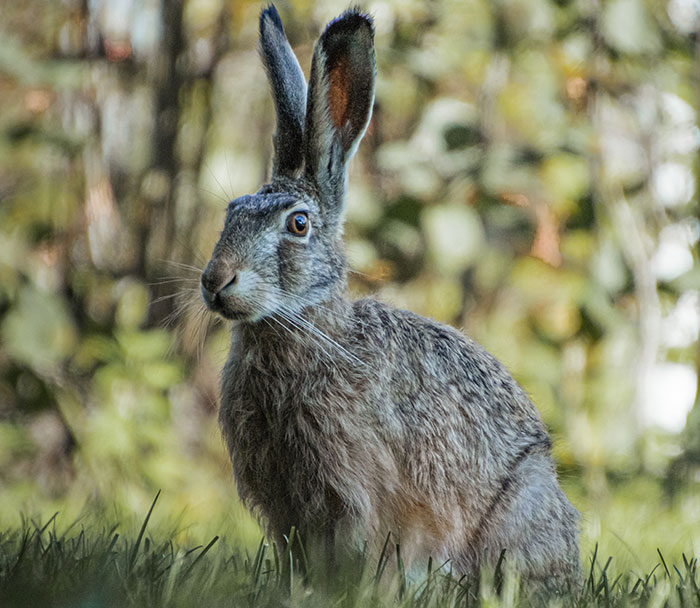 The Easter hare is the name given to the Easter bunny in European traditions.
The Easter hare is the name given to the Easter bunny in European traditions.
The hare has played many enticing ceremonial and religious roles throughout history. In Europe during the Neolithic period, hares were ritually buried with people. According to archaeologists, this ceremony was considered sacred, with hares standing for rebirth.
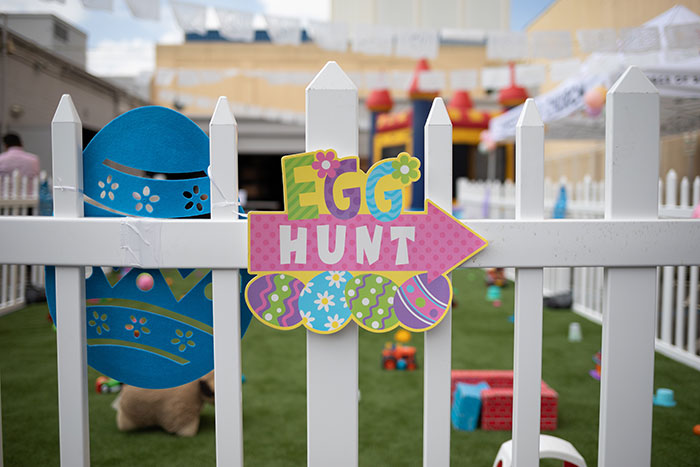 In 2007, Florida held the largest Easter egg hunt.
In 2007, Florida held the largest Easter egg hunt.
On April 1, 2007, 9,753 kids and their parents participated in the largest Easter egg hunt, which featured 501,000 eggs.
The largest Easter egg in the world weighs 5000 lbs.
The largest Easter egg in the world, found near Vegreville, Alberta, Canada, is 31 feet tall and 18 feet wide. The egg, known as the Vegreville Pysanka, comprises 3500 pieces of aluminum and took 12,000 hours to make.
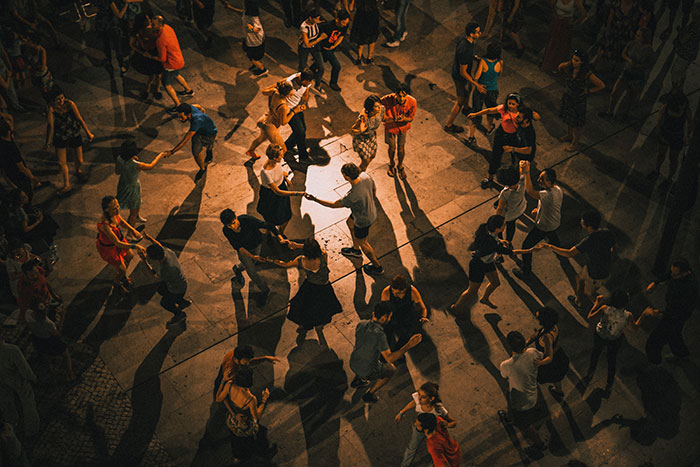 It’s against the law to dance on Good Friday in Germany.
It’s against the law to dance on Good Friday in Germany.
Most German states forbid dancing in public on Good Friday, which marks the beginning of the Easter holiday. Because of respect for the sacred day, even the epicenter of European clubbing, Berlin, becomes a dance-free zone.
Not me heading to the store on Sunday to snap up half-price Lindt chocolate bunnies, Jelly Belly jelly beans, Godiva chocolate eggs, etc.
Not me heading to the store on Sunday to snap up half-price Lindt chocolate bunnies, Jelly Belly jelly beans, Godiva chocolate eggs, etc.

 Dark Mode
Dark Mode 

 No fees, cancel anytime
No fees, cancel anytime 